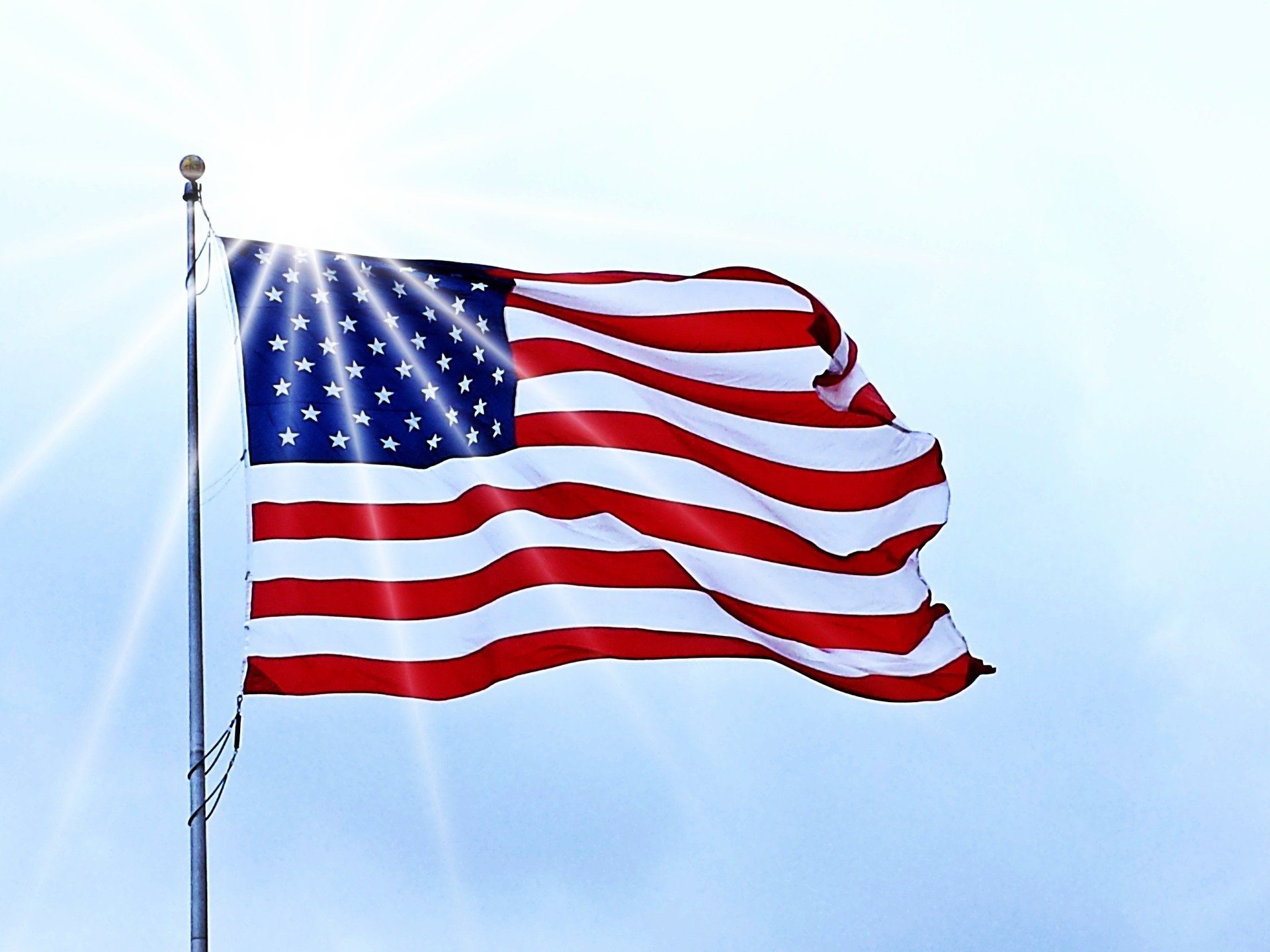The Atlantic hurricane season was off to a quiet start before several storms exploded onto the scene in September, and the same forces that allowed Ian to rapidly intensify could lead to more hurricanes in coming weeks, meteorologists warn.
Ian struck Florida this week after an unusually inactive summer in which no named tropical storms or hurricanes formed in the Atlantic Ocean from July 3 to Aug. 30. The last time that happened was 1941, according to researchers.
Then in September, “all of a sudden, things started popping,” AccuWeather senior meteorologist Bob Smerbeck told USA TODAY.
Tropical storm Danielle was named on Sept. 1, followed by Earl, Fiona, Gaston, Hermine and Ian.
Hurricanes Ian and Fiona both became catastrophic Category 4 storms.
And in the next few weeks, “there’s at least one bonafide chance for tropical development,” Smerbeck said.
NAMES:See the list of tropical storm and hurricane names for 2022
‘EERILY QUIET’:August hasn’t been this devoid of tropical storms since 1997.
A quiet start to hurricane season
The 2022 hurricane season got off to a slow start, but by August meteorologists warned there could still be strong storms ahead, even though none had been named yet.
“The first part of the season could have been more active than it was,” National Weather Service Director of Public Affairs Susan Buchanan told USA TODAY in a statement.
Less weather systems developed off Africa’s west coast earlier this summer, and there were “unfavorable conditions” for them to turn into tropical storms in the western Atlantic, Smerbeck said.
Tropical storm activity usually picks up during the “peak” from late August into October, according to the Weather Service. And we have already seen nine named storms.
Based on data from 1991-2020, the average Atlantic hurricane season has 14 named storms, with three of them being major hurricanes (Categories 3, 4 or 5 on the Saffir-Simpson Hurricane Wind Scale), according to the National Hurricane Center.
The devastation in Florida, the Carolinas and Puerto Rico from major hurricanes Ian and Fiona is more than enough to label the 2022 hurricane season a “bad” one, Buchanan said.
What happened during past ‘calm’ seasons?
There are no guarantees that this summer’s quiet hurricane season will return or that the season will continue to be active.
Since 1950, we’ve had two quiet Augusts with no named storms: 1961 and 1997, according to Phil Klotzbach, a hurricane researcher at Colorado State University.
But 1961 had an extremely busy September, and that ended up a hyperactive season. Whereas 1997 was a strong El Niño year and was a below-average season.
A phenomenon called wind shear played a big role in this hurricane season’s marked uptick starting in September, Smerbeck said.
In order for tropical storms to form, he explained, they have to build upwards to grow in strength, like a tower of bricks. When there’s less wind shear to knock over the tower, a tropical storm or hurricane is able to grow stronger and stronger, which is exactly what happened with Ian, Smerbeck said.
“It’s like you took the lid off the atmosphere in September,” Smerbeck said.
What do forecasts show for October?
AccuWeather and National Weather Service meteorologists are monitoring a disturbance in the eastern Atlantic south of the Cabo Verde Islands that could morph into a tropical storm by late next week.
“There is now a high chance that a tropical wave south of the Cabo Verde Islands will develop into an organized tropical system,” AccuWeather Senior Meteorologist Dan Pydynowski said.
If wind shear remains low, Smerbeck said, that disturbance could turn into a tropical storm or worse.
“That one has potential to become more organized,” he said. Meteorologists will know more in coming days, Smerbeck said.Smerbeck said he’ll be keeping an eye on the disturbance, as it may be “destined more to the northwest.”
The next named Atlantic storm will be called Julia. From there, the names Karl and Lisa are next.
Storms are given names once it has sustained winds of 39 mph. A storm becomes a hurricane when it reaches winds of 74 mph.
Contributing: Doyle Rice, Jordan Mendoza, USA TODAY.

